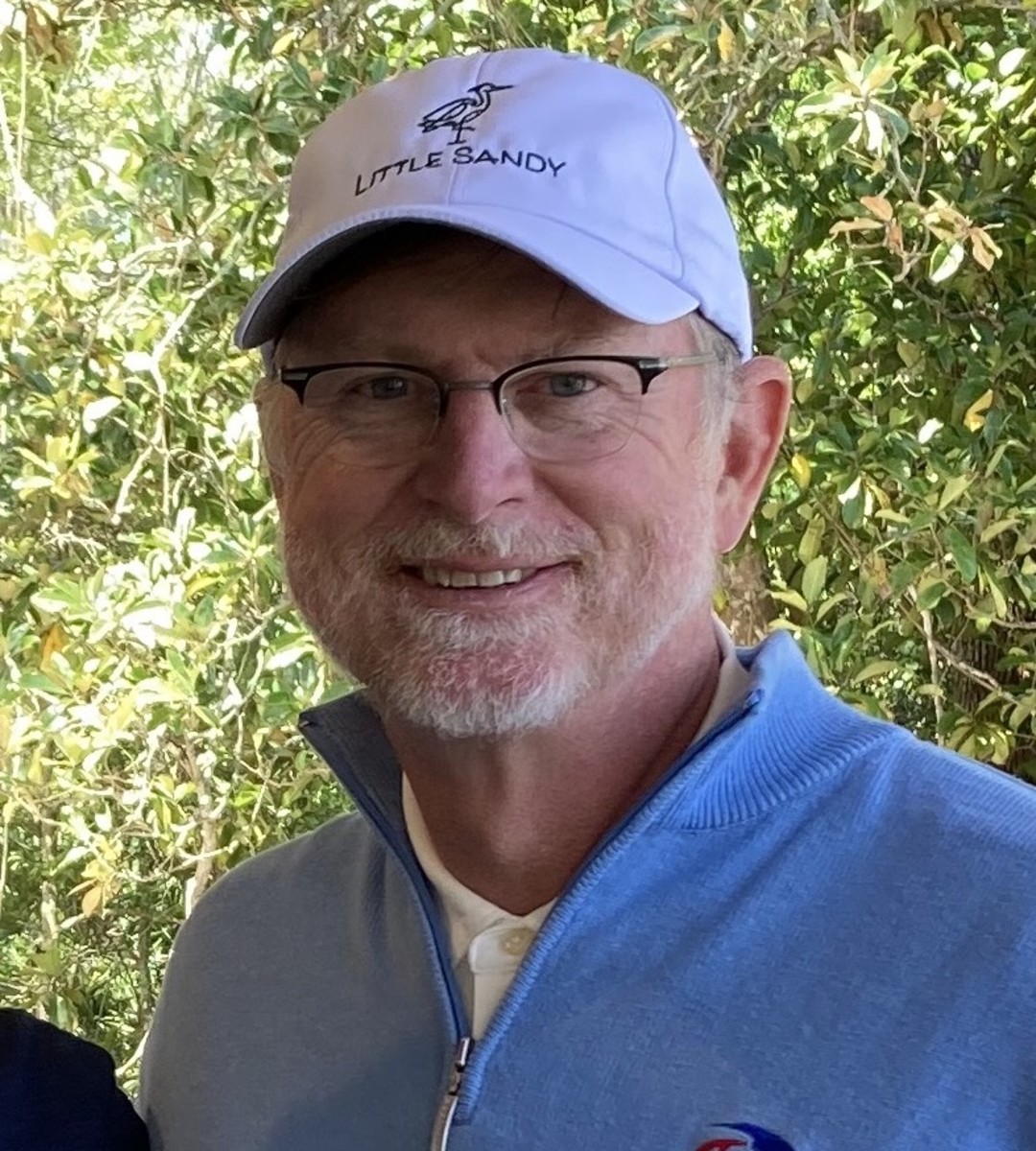Little Sandy's Debut Continues a Short-Course Trend

FERNANDINA BEACH, Fla. — Amid the casual elegance of Omni Amelia Island Resort in this far northeast Florida town, visitors can now find themselves with a golf club in hand even though they may have no knowledge of the ancient sport. And that’s all right.
In mid-April, the resort opened its scenic Little Sandy, a 10-hole par-3 short course designed by golf course architect Beau Welling, probably more well-known as the designer alongside World Golf Hall of Famer Tiger Woods.
Located behind the eateries and shops central to Amelia Island and on the land where the defunct Ocean Links course once extended all the way to the Atlantic Ocean shores, Little Sandy tempts resort guests and convention attendees looking for a bonding activity and passersby to lay down the $50 greens fee and try a few shots, even if it’s just on the bumps and turns of the 18-hole putting course located adjacent to the first tee. The sandy terrain and wind off the nearby Atlantic Ocean earned the course name, Little Sandy.
The new addition moves clockwise around Red Maple Lake across 30 acres previously occupied by the 18-hole, Pete Dye-designed Ocean Links course, which closed in late 2017 amid controversy among residents and a lawsuit. Laid out over the remnants of hole Nos. 7, 8, 17 and 18 of the former full course, Little Sandy can be traversed in just more than an hour.
The shortest hole, No. 9, can play to 42 yards and is suitable for putting from the tee, a la a Texas wedge at The Old Course. The longest hole is 125 yards, at the water-laden 10th. Six holes encounter water and the 117-yard No. 7 may be the most difficult. A raised green surrounded on three sides by water and a trio of tall live oaks set left of the flight zone force a player to consider a lower shot. All the greens have heavily defined elevation changes or are elongated to make putting the main challenge.

Welling, a Greenville, South Carolina, resident, anticipated making a short course that was unintimidating for the golf newcomer. His notion was seconded at dusk the day before the course opened when he witnessed a father and daughter on the putting green with two toddlers turning flips alongside.
"I thought, 'That’s what we’re trying to do here,'" Welling said. "It’s all about family."
Little Sandy’s debut speaks to a trend in course openings, with the National Golf Foundation’s January 2022 report indicating one-third of the 2021 new courses were solely par-3 layouts. With that in mind, here’s a quick look at five of the more unique short courses that dot the United States landscape:
The Hay, Pebble Beach Golf Links, California
Welling and Woods redesigned the original 1957 short course, located across 17 Mile Drive from Pebble Beach Golf Links and where Pebble club professional Peter Hay established a fun place for youngsters and family to hit shots of no more than 100 yards. Hay’s handiwork was one of the first par-3 courses in America and Woods ran with the concept. Woods made his first hole-in-one at age 8 at the par-3 course Heartwell Golf Park in Long Beach, California.
There’s a replica of Pebble Beach iconic No. 7 par 3 — minus the Pacific Ocean — and holes are named for famous figures in Pebble history, including the 9th hole, Tiger, with a funnel to a middle hole location in honor of Woods’ record score at the 2000 U.S. Open at Pebble Beach. A nearby putting course alleviates any wait-time boredom.
Bad Little 9, Scottsdale National, Arizona
PXG founder and CEO Bob Parsons built this course in 2016 and it certainly can live up to its name when set up far from family friendly. Wild hazards and bunkers and oddly shaped greens, including an extreme horseshoe, can create diabolical laughter even though no hole is longer than 109 yards. The 9th green measures just 999 square feet and is encircled by deep bunkers. Parsons even planted dead trees around the course just for ambiance. To extend the playability deep into the night, solar-powered lights are on tee boxes and around greens and golf carts have lithium-powered lights mounted on the roof.
Top of the Rock, Big Cedar Lodge, Missouri
Bass Pro Shops founder Johnny Morris coerced the PGA Tour Champions to play what was originally the Legends of Golf at his resort from 2014-19. The two-man team event was played part of the time on the par-3 course, Top of the Rock. It was the first time a par-3 course was the site of a professional event. Jack Nicklaus designed the course, which has some holes that can stretch over 200 yards in the mountainous terrain.
Another feature of the property is Arnie’s Barn, a 150-year-old barn that was disassembled in Palmer’s hometown of Latrobe, Pennsylvania, and moved to Missouri. Today, it exists as a restaurant filled with memorabilia. The most unusual feature is natural. A sinkhole that developed in early 2015 was excavated and is now a tourist attraction near the driving range and putting green for the Top of the Rock course.
The Cradle, Pinehurst Resort, North Carolina
The Cradle was built by Gil Hanse in 2017 on a small tract of land adjacent to the clubhouse where Pinehurst’s first nine holes were constructed in the 1890s.
Players can breeze around nine par-3 holes, none longer than 127 yards, in otherworldly fashion. The Aberdeen, Carolina and Western steam engine chugs by the outer edge of the course and two bars sit near the 9th tee as players are serenaded by built-in “rocks” that are really speakers piping in music. Right next to The Cradle is the bumpily landscaped Thistle Dhu putting course, reminiscent of The Himalayas putting course at St. Andrews, Scotland.
Par 3 Course, Augusta National Golf Club, Georgia
The idea for Augusta National’s current 11-hole Par 3 Course was originally developed by club co-founder Clifford Roberts in 1931 before the entire Augusta National project got off the ground. The idea, though, was tabled because of Bobby Jones’ disapproval and the remnants of the Depression focused on the completion of the "big course."
Alister MacKenzie even designed an 18-hole short course using each of nine original greens and tees twice each. By 1958, architect George Cobb was hired to build the current short course, with just nine holes. Two additional holes were added in 1987. The Par 3 Contest debuted on the Wednesday before the 1960 Masters and Sam Snead won the inaugural event and the tradition of no player winning both the Par 3 and the Masters in the same year continues.
In the late 1970s, the greens served as the incubator for a transition from bermudagrass to bentgrass greens, a change that was established on the regular course in 1981.
